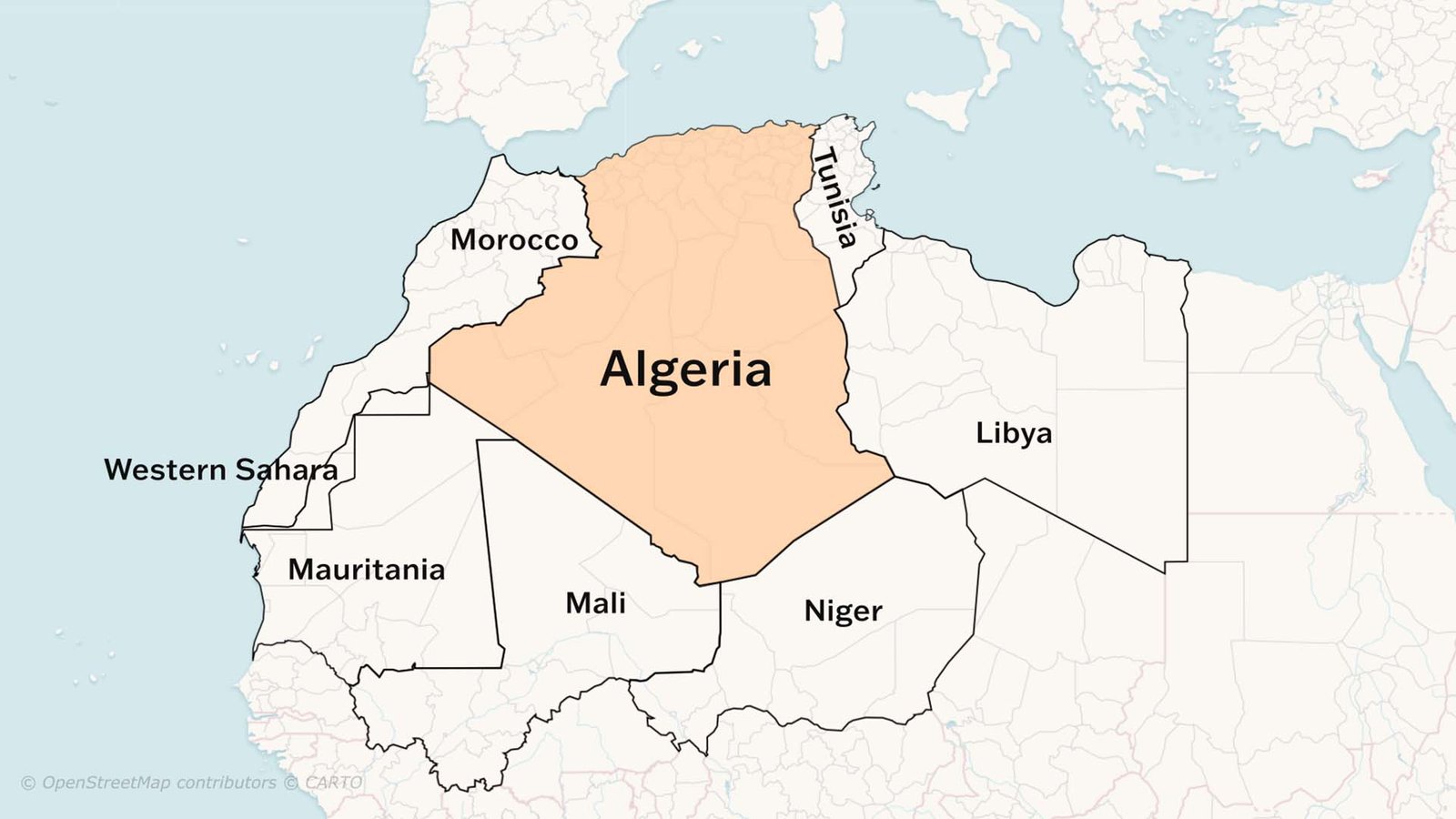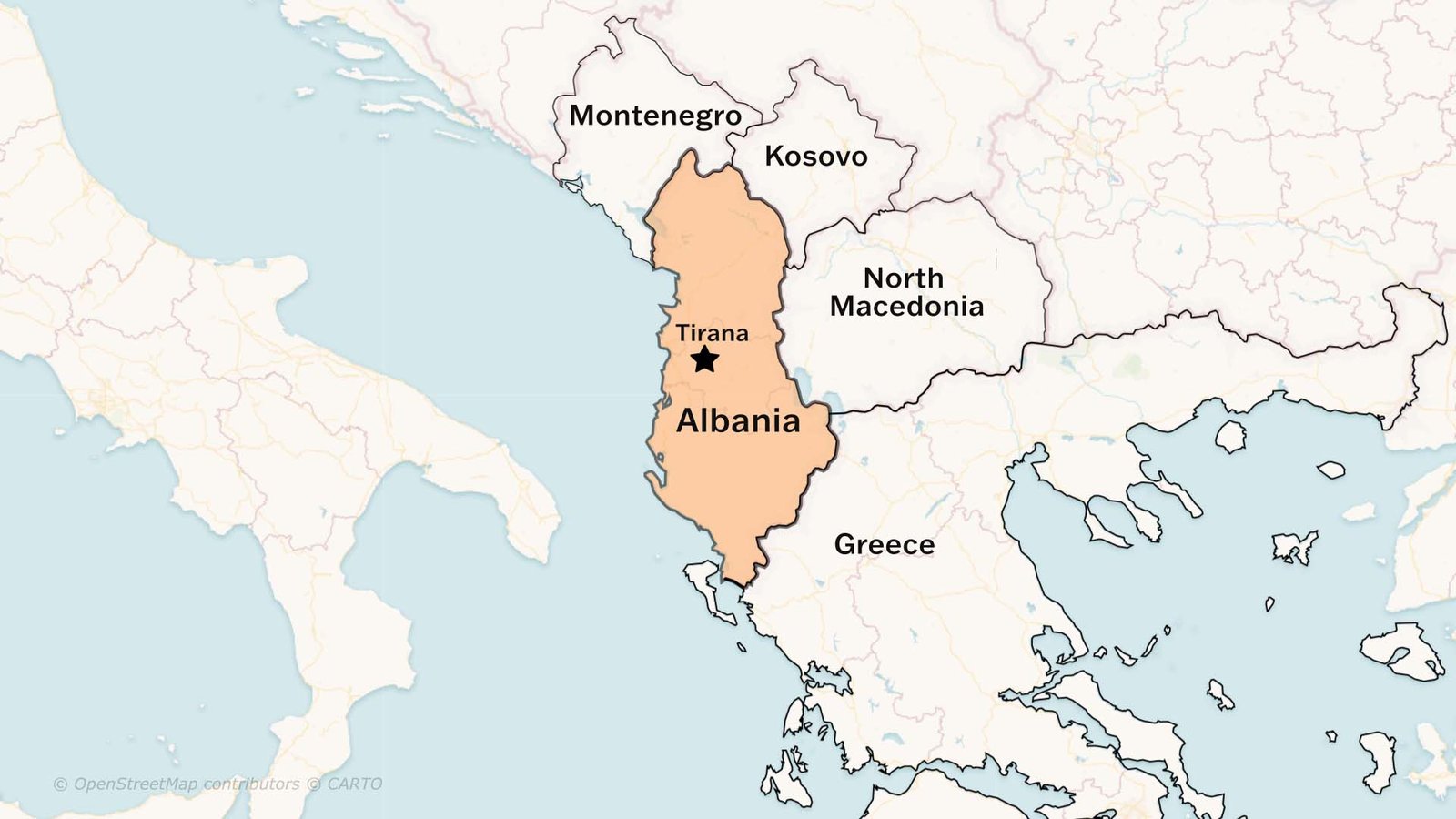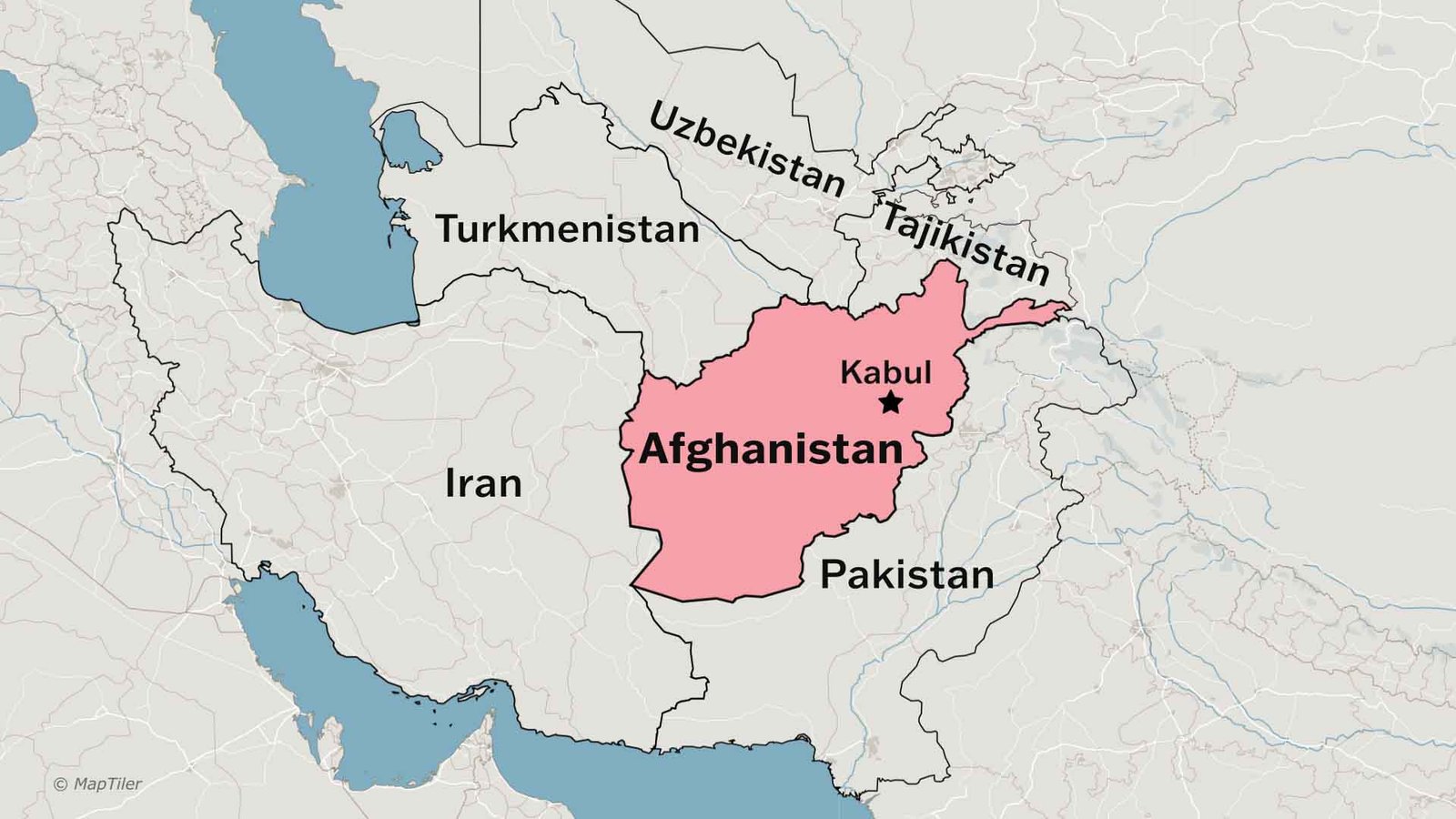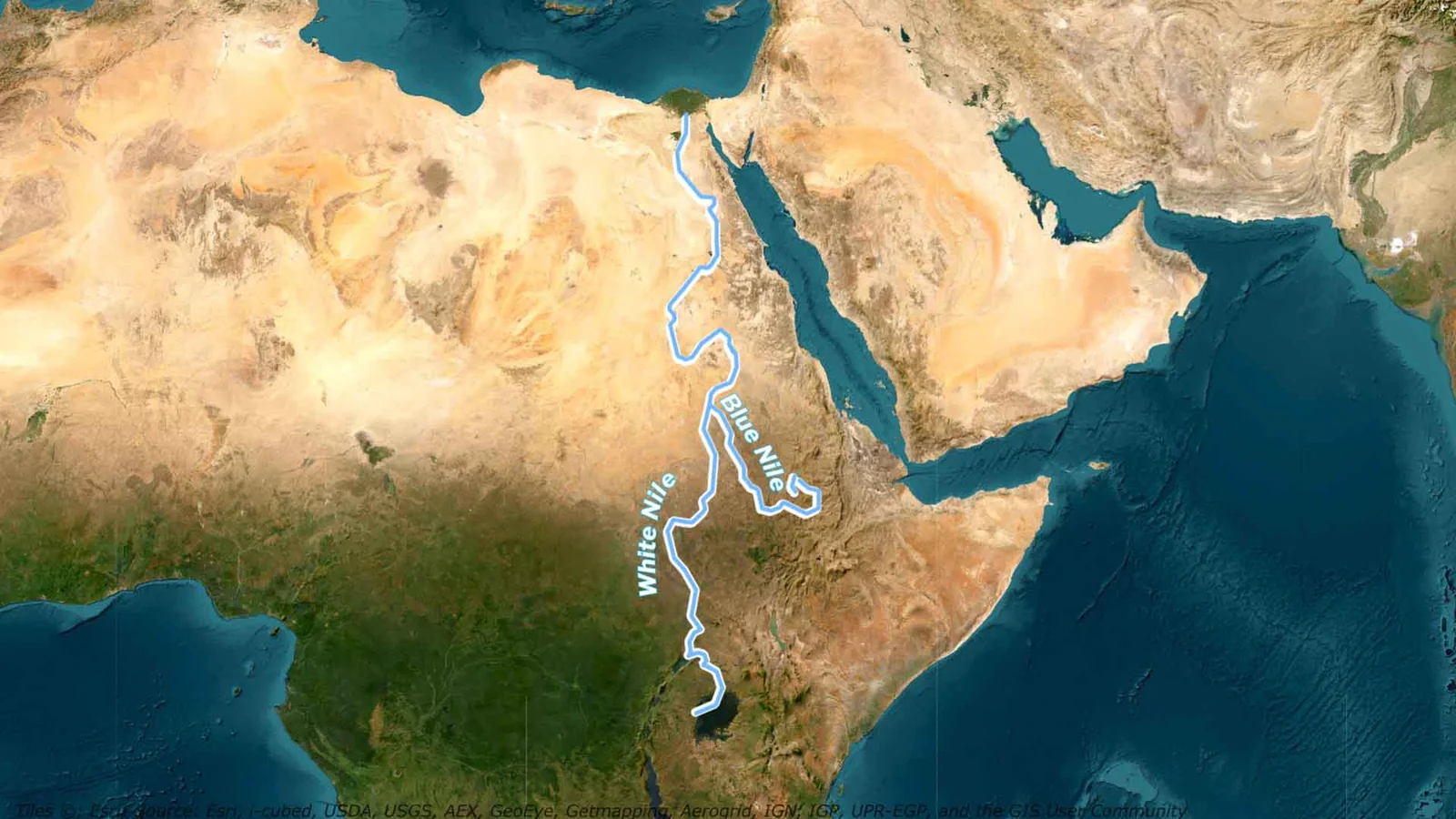Introduction
Articles 52 to 78 in Part V of the Indian Constitution outline the structure of the Union Executive, which includes the President of India and so on:
- The President: The head of the Indian State, representing the unity, integrity, and solidarity of the nation, and regarded as the first citizen of India.
- The Vice-President.
- The Prime Minister.
- The Council of Ministers.
- The Attorney General of India.
These bodies collectively form the Union executive.
The President is the embodiment of the nation’s unity, integrity, and solidarity. While the President holds significant powers, they mostly function in a ceremonial capacity, following the advice of the Prime Minister and the Council of Ministers.
The President must act impartially and be above politics. They must represent the entire country and its interests rather than the interests of any particular political party. While the President holds a prestigious and symbolic position, the real executive powers and responsibilities lie with the Prime Minister and the Council of Ministers.
Election to the Office of the President
The President of India is elected by an electoral college consisting of:
- Elected members of both Houses of Parliament.
- Elected members of the legislative assemblies of the states.
- Elected members of the legislative assemblies of the Union Territories of Delhi and Puducherry.
Nominated members and those from dissolved assemblies do not participate in the election. The election follows a proportional representation system using a single transferable vote with a secret ballot.
Each elected member of the legislative assembly has votes based on the state’s population divided by the number of elected members.
Members of Parliament have votes determined by the total number of votes in the state assemblies divided by the total elected members of Parliament.
To win, a candidate must secure a fixed quota of votes, calculated by dividing total valid votes by the number of candidates plus one, and adding one.
Voters rank candidates in order of preference, and votes are transferred if no candidate reaches the required quota.
The Supreme Court handles disputes related to the election, and its decision is final. Even if the President’s election is declared void, their actions before the declaration remain valid.
Why did the constituent assembly choose indirect elections for the President over direct elections?
The indirect election system was chosen over direct election for the following reasons:
- It aligns with the parliamentary system, where the President has nominal powers, and real executive authority rests with the Prime Minister.
- Direct elections would be costly and impractical, considering the President’s ceremonial position.
Another perspective also emerged with regards to the Presidential election system where some members of the Constituent Assembly proposed that the President should be elected solely by the members of the two Houses of Parliament.
However, the framers of the Constitution rejected this idea because, if Parliament were dominated by a single political party, it would likely choose a candidate from that party, which would result in a President who could not represent all states of the Indian Union. The current system, in contrast, ensures that the President represents both the Union and the states equally.
Additionally, it was noted in the Constituent Assembly that the term “proportional representation” used for the presidential election was misleading.
- Proportional representation typically applies when two or more seats are to be filled, but in the case of the President, only one seat is vacant.
- Therefore, the process could be more accurately described as a preferential or alternative voting system.
Likewise, the term “single transferable vote” was also criticized because no voter actually casts a single vote; rather, each voter casts multiple votes.
Qualifications to the Office of the President of India
To be eligible for election as President of India, a person must meet the following qualifications:
- Be a citizen of India.
- Be at least 35 years old.
- Be qualified to be elected as a member of the Lok Sabha.
- Not hold any office of profit under the Union, any state government, local authority, or public authority. Certain officials like the President, Vice-President, Governors, and ministers are not considered to hold an office of profit.
Additionally, a presidential candidate must be nominated by at least 50 electors as proposers and 50 as seconders, and must deposit ₹15,000 in the Reserve Bank of India as a security deposit, which is forfeited if the candidate does not secure one-sixth of the votes. The number of proposers and seconders and the security deposit amount were increased in 1997 to deter non-serious candidates.
Oath of the President of India
Before entering upon his office, the President has to make and subscribe to an oath or affirmation. In his oath, the President swears:
- To faithfully execute the office
- To preserve, protect and defend the Constitution and the law
- To devote himself to the service and well-being of the people of India.
The oath of the President of India is administered by the Chief Justice of India. If the Chief Justice is unavailable, the senior-most judge of the Supreme Court available shall administer the oath. Any other person acting as President or discharging the functions of the President also undertakes the similar oath or affirmation.
Conditions to the Office of the President of India
The Constitution sets the following conditions for the President’s office:
- The President cannot be a member of either House of Parliament or any state legislature. If elected, they vacate their seat upon assuming office.
- The President cannot hold any other office of profit.
- The President is entitled to use the official residence (Rashtrapati Bhavan) without rent.
- The President is entitled to emoluments, allowances, and privileges as determined by Parliament.
- The President’s emoluments and allowances cannot be reduced during their term.
Salary of the President of India
In 2018, the President’s salary was increased to ₹5 lakh per month, and in 2008, the pension for retired Presidents was raised to 50% of their salary per month. Retired Presidents also receive a furnished residence, medical treatment, and other benefits. The spouse of a deceased President receives a family pension and similar benefits.
The President enjoys personal immunity from legal liability for official acts and is immune from criminal proceedings during their term, though civil proceedings can be initiated after two months’ notice for personal acts. The President cannot be arrested or imprisoned during their term.
Term of Office of the President of India
The President of India holds office for a term of five years from the day they assume office. However, they can resign at any time by submitting a resignation letter to the Vice-President. But what if the President doesn’t want to resign? Well, they can stay in office even after their term ends, until their successor takes charge.
Now, here’s something interesting: the President can be re-elected as many times as they want! So, they can serve multiple terms, unlike in the USA, where a President can only serve two terms.
Impeachment of the President of India
But what happens if the President breaks the law? The Constitution provides a way to remove the President from office—this is called impeachment. However, the term “violation of the Constitution” isn’t defined, so it’s a bit vague.
Impeachment charges can be brought by either House of Parliament. To start, one-fourth of the members in the House must sign the charges, and the President is given a 14-day notice. After that, if the resolution passes by a two-thirds majority in the first House, it moves to the second House for investigation. The President has the right to be present and defend themselves during this investigation.
If the second House also passes the resolution by a two-thirds majority, then the President is removed from office.
The following is the detailed impeachment process followed in India:
- Impeachment charges against the President can be initiated by either House of Parliament, with the charges requiring the signature of one-fourth of the members.
- A 14-day notice is given to the President.
- If the impeachment resolution is passed by a two-thirds majority in one House, it is sent to the other House for investigation.
- The President has the right to appear and be represented during this process.
- If the second House also passes the resolution by a two-thirds majority, the President is removed from office.
- It is important to note that nominated members of Parliament can participate in impeachment, though they don’t vote in the President’s election, while elected members of state legislative assemblies do not participate in impeachment, even though they vote in the election.
But here’s an important note that so far no President has ever been impeached in India.
But why is a President impeached and not removed?
In a broader sense, the term “impeachment” also emphasizes that the President is being held accountable for actions that could undermine the Constitution, as opposed to being removed for political reasons or simply due to administrative failure.
In essence, impeachment signifies a constitutional breach, while “removal” would imply a more arbitrary or less formal process.
Vacancy to the office of the President
A vacancy in the President’s office can occur in several ways:
- Expiration of the President’s five-year term.
- Resignation.
- Removal through impeachment.
- Death.
- Disqualification or if the election is declared void.
The method of dealing with a president’s vacancy differs based on the situation that has caused it.
If the vacancy is due to the end of the President’s term,
- An election must be held before the term expires.
- If there is a delay in the election, the outgoing President continues in office until the new one assumes charge.
- The Vice-President does not act as President in this case.
If the vacancy is caused by resignation, removal, death, or otherwise,
- An election must be held within six months.
- The newly-elected President serves a full five-year term.
- During this time, the Vice-President temporarily assumes the President’s duties.
If the Vice-President’s office is vacant,
- The Chief Justice of India (or the senior-most Supreme Court judge if the Chief Justice’s office is also vacant) acts as President and enjoys the same powers, immunities, emoluments, and privileges as the President.
Powers and Functions of the President of India
The functions and powers of the President are separated under different heads of executive, legislative, military, national emergencies, financial, military, and international affairs. This shows that the President is not just a ceremonial head but also enjoys greater functions and powers wrt India’s political landscape. These can be described as follows:
Executive Powers:
The President’s executive powers include:
- All government actions are carried out in his name.
- He can make rules for authentication and the transaction of government business.
- He appoints key officials like the Prime Minister, Attorney General, and others.
- He can seek information from the Prime Minister and take direct action on government matters.
- He can establish commissions for various societal issues and directly administer Union Territories.
Legislative Powers:
The President is part of Parliament with powers such as:
- Summoning or proroguing Parliament and dissolving the Lok Sabha.
- Addressing Parliament at key sessions and sending messages.
- Nominating members to the Rajya Sabha and the Lok Sabha.
- Approving or rejecting bills passed by Parliament or state legislatures.
- Issuing ordinances when Parliament is not in session.
- Making regulations for Union Territories and specific areas.
Financial Powers:
The President holds significant financial powers:
- Money bills need his recommendation.
- He lays the annual Union Budget before Parliament.
- He can approve unforeseen expenditures and constitutes a finance commission every five years.
Judicial Powers:
The President’s judicial powers include:
- Appointing judges of the Supreme Court and High Courts.
- Seeking advice from the Supreme Court, though it’s not binding.
- Granting pardons or commutations, particularly in cases of military sentences or Union law violations.
Diplomatic Powers:
The President represents India internationally, negotiates treaties, and sends/receives diplomats.
Military Powers:
As supreme commander of India’s armed forces, the President appoints military chiefs and can declare war or peace, with Parliament’s approval.
Emergency Powers:
The President has special powers to handle:
- National Emergency (Article 352)
- President’s Rule (Article 356 & 365)
- Financial Emergency (Article 360)
Veto Power of the President
In relation to other powers, the President’s veto power is of much discussion and debate as it impacts the legislative machinery of passing bills in the houses of Parliament. The President has three veto powers, out of which the Indian President does not enjoy the power of an absolute veto. These are described as follows for better understanding:
A bill passed by Parliament can only become law with the President’s assent. Upon receiving a bill, the President has three options:
- Give assent.
- Withhold assent.
- Return the bill (if not a money bill) for reconsideration. If passed again, the President must assent.
The President has veto power over bills, which serves to prevent hasty or unconstitutional legislation. There are 3 types of vetoes:
- Absolute Veto: The President can withhold assent, especially for private members’ bills or government bills when a new cabinet advises against it.
- Suspensive Veto: The President can return a bill for reconsideration. If passed again, the President must assent.
- Pocket Veto: The President can delay action on a bill indefinitely, as the Constitution doesn’t set a time limit for decision-making.
The President has veto power over state legislation as well. A state bill can only become law with the assent of the governor or the President if the bill is reserved for consideration. The governor has similar veto options to the President’s.
Ordinance-making Power of the President of India
The president, in addition to the veto power, enjoys the power to make ordinances in special cases. Let us understand what these special cases are and what the constitution says about it.
Article 123 of the Indian Constitution grants the President the power to promulgate ordinances during Parliament’s recess, which have the same force as laws but are temporary. This power is intended for urgent matters but is subject to four key limitations:
- Ordinances can only be issued when both Houses of Parliament are not in session, and not during their session.
- The President must be satisfied that immediate action is necessary, though this satisfaction can be challenged in court for malafide reasons.
- Ordinances can only cover areas where Parliament can make laws and must adhere to constitutional limitations, including not violating fundamental rights.
- Ordinances must be laid before Parliament when it reconvenes. If not approved within six weeks, they expire, though actions taken under them remain valid.
Re-promulgation of Ordinance
The ordinance power is exercised on the advice of the Council of Ministers, and ordinances can be retrospective or amend existing laws, but not the Constitution. While rare globally, this power allows the executive to address urgent issues when Parliament is unavailable. However, ordinances cannot be repeatedly re-promulgated without attempting to pass them as bills, as per a Supreme Court ruling.
In the D.C. Wadhwa case (1987), the Supreme Court addressed the repeated promulgation of ordinances by the Governor of Bihar between 1967 and 1981, which were kept in force for long periods without attempts to pass them as bills in the assembly. The Court ruled that this practice violated the Constitution, stating that ordinances should not be used as a substitute for the state legislature’s legislative power. Ordinances re-promulgated without legislative action were deemed invalid.
Pardoning Powers of the President of India
In addition to all other powers, the President acts as a key figure in making judicial decisions when it comes to pardoning a judgment or reducing its term of it. He/ She exercises his/her pardoning powers in the following ways as per Article 72 of the Indian Constitution.
Article 72 of the Indian Constitution grants the President the power to grant pardons in cases involving Union law offenses, court martial sentences, and death sentences. This power is executive in nature and independent of the judiciary. Its purpose is to correct judicial errors and provide relief from harsh sentences.
The President’s pardoning powers include:
- Pardon: Removes both the sentence and conviction.
- Commutation: Substitutes a punishment with a lighter one.
- Remission: Reduces the duration of the sentence.
- Respite: Awards a lesser sentence due to special circumstances.
- Reprieve: Temporarily stays the execution of a sentence, particularly death sentences.
Under Article 161, state governors also have pardoning powers, but with limitations compared to the President. The President can pardon death sentences and court martial punishments, while the governor cannot.
The Supreme Court has outlined principles regarding the President’s pardoning power, including that the President is not required to provide reasons for decisions, can review evidence independently, and that the power is not subject to judicial review unless it is arbitrary, irrational, or discriminatory.
The Supreme Court, in relation to the President’s pardoning power, has also established the following principles:
- Petitioners for mercy do not have the right to an oral hearing before the President.
- The President has the authority to review the evidence independently and may form a different opinion from the court.
- The President exercises this power based on the advice of the Union Cabinet.
- The President is not required to provide reasons for the decision.
- The President can offer relief not only for harsh sentences but also for clear mistakes.
- There is no need for the Supreme Court to set specific guidelines for the President’s use of this power.
- The President’s decision is not subject to judicial review unless it is arbitrary, irrational, or discriminatory.
- Once a mercy petition is rejected, filing a new petition does not result in a stay.
Critical evaluation of the Constitutional position of the President of India
The Constitution of India establishes a parliamentary system of government, where the President is a nominal executive and the real executive power lies with the council of ministers headed by the Prime Minister. Dr. B.R. Ambedkar explained that while the President’s title is similar to the President of the United States, the Indian President is more like the British monarch, serving as the ceremonial head of state and acting only on the advice of the ministers.
Key provisions regarding the President’s role are:
- Article 53: The President holds executive power but exercises it through subordinates in accordance with the Constitution.
- Article 74: The President must act according to the advice of the Council of Ministers headed by the Prime Minister.
- Article 75: The council of ministers is collectively responsible to the Lok Sabha, underpinning the parliamentary system.
The 42nd Amendment (1976) made the President bound by the advice of the ministers. The 44th Amendment (1978) allowed the President to request reconsideration of advice but still required the President to act according to the revised advice.
In October 1997, President K.R. Narayanan returned a cabinet recommendation to impose President’s Rule in Uttar Pradesh for reconsideration, which led to the continuation of the BJP-led government under Kalyan Singh. Similarly, in September 1998, the President returned a recommendation for President’s Rule in Bihar. After reconsideration, the rule was imposed in February 1999.
While the President has no constitutional discretion, he does possess situational discretion in certain cases.
Situational discretion allows the President to act without ministerial advice in specific cases:
- Appointment of a Prime Minister when no party has a clear majority.
- Dismissal of the council of ministers if they lose confidence in the Lok Sabha.
- Dissolution of the Lok Sabha when the council loses majority support.








